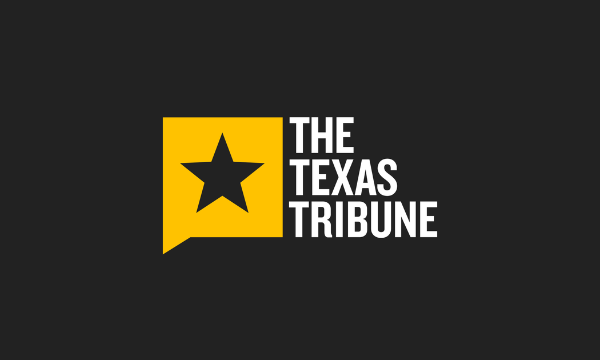
With markets looking more volatile, it’s a good time to check in on our bear put spread screener.
A bear put spread is a vertical spread that aims to profit from a stock declining in price. It has a bearish directional bias as hinted in the name. Unlike the bear call spread, it suffers from time decay so traders need to be correct on the direction of the underlying and also the timing.
A bear put spread is created through buying an out-of-the-money put and selling a further out-of-the-money put.
The maximum profit is equal to the distance between the strikes, less the premium paid. The loss is limited to the premium paid.
Let’s take a look at Barchart’s Bear Put Spread Screener for today:

Let’s adjust the screener to only include stocks with a sell rating:

Some interesting trades here with impressive Max Profit Percentage. Let’s take a look at the first item in the table – a bear put spread on Advanced Micro Devices (AMD).
AMD Bear Put Spread Example
Using the March 21 expiry, this trade involves buying the $103 put and selling the $101 put.
The price for the trade is $0.1.40 which means the trader would pay $140 to enter the trade. This is also the maximum loss. The maximum gain be calculated by taking the width between the strikes and subtracting the premium paid:
2 – 1.40 x 100 = $60.
The breakeven price for the trade is equal to the long put strike, less the premium. In this case, that gives us a breakeven price of $101.60.
Let’s look at another example.
GOOGL Bear Put Spread Example
The first Alphabet (GOOGL) example is using the March 21 expiry and involves buying the $175 strike put and selling the $167.50 strike put.
The cost of the trade is $480 which is also the maximum loss with the maximum possible gain being $270. The maximum gain would occur if GOOGL stays below $167.50 on the expiration date.
GOOGL is showing an IV Percentile of 70% and an IV Rank of 60.98%. The current level of implied volatility is 32.17% compared to a 52-week high of 39.52% and a low of 20.68%.
Let’s look at another example, this time on PayPal (PYPL).
PYPL Bear Put Spread Example
The PYPL trade is also using the March 21 expiry and involves buying the $72.50 strike put and selling the $70 strike put.
The cost of the trade is $163 which is also the maximum loss with the maximum possible gain being $87. The maximum gain would occur if PYPL stock stays below $70 on the expiration date.
Mitigating Risk
Thankfully, bear put spreads are risk defined trades, so they have some build in risk management.
For each trade consider setting a stop loss of 30% of the max loss.
Please remember that options are risky, and investors can lose 100% of their investment.
This article is for education purposes only and not a trade recommendation. Remember to always do your own due diligence and consult your financial advisor before making any investment decisions.







